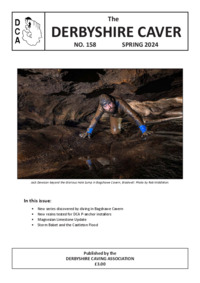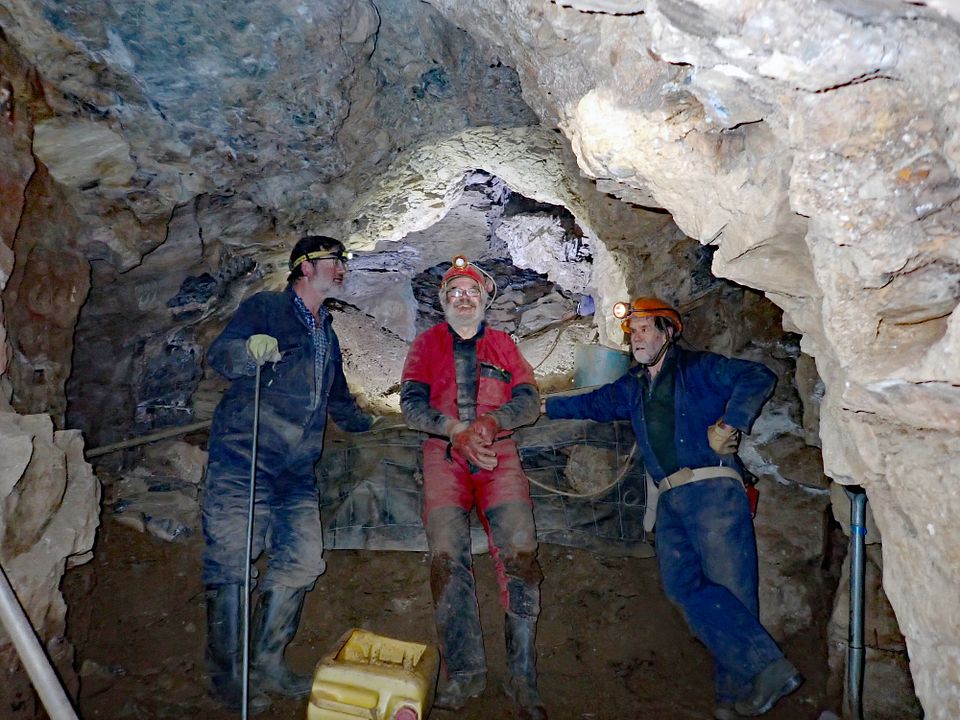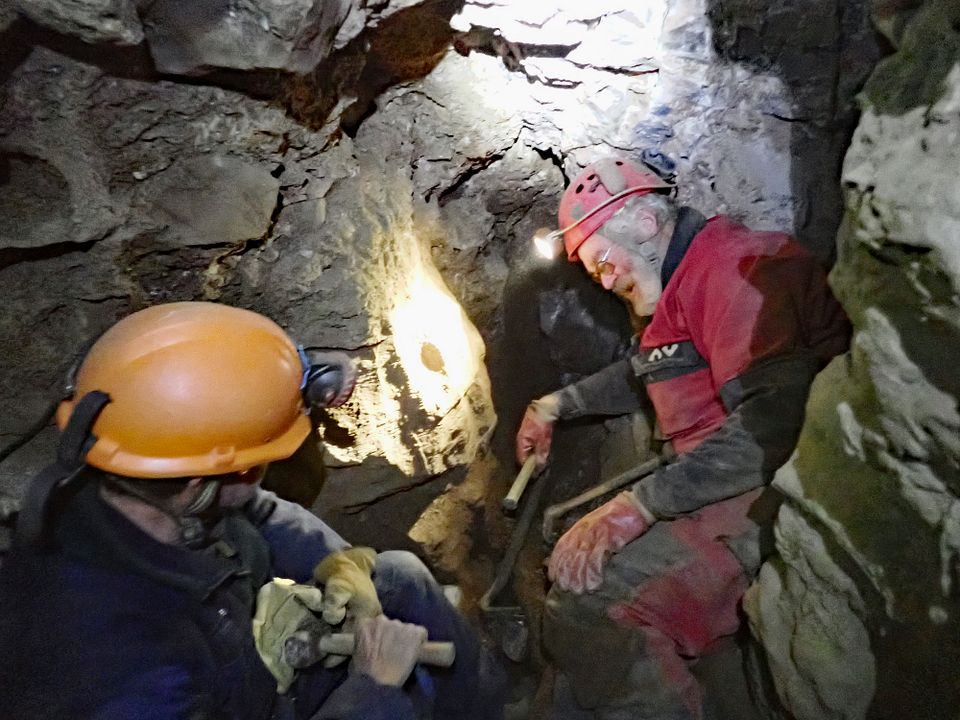You are using an out of date browser. It may not display this or other websites correctly.
You should upgrade or use an alternative browser.
You should upgrade or use an alternative browser.
Photography Showcase 3 per week limit
- Thread starter chunky
- Start date
cap n chris
Well-known member
TOR will approve, I reckon. Nice short photo stint today with diver/model, Paige...


The Old Ruminator
Well-known member
Its not fair Cap'n. You have all the best models.
The Old Ruminator
Well-known member
The Old Ruminator
Well-known member
The Old Ruminator
Well-known member
cap n chris
Well-known member
Correct. Hurrah x 3, thricely.Its not fair Cap'n. You have all the best models.
tomferry
Well-known member
Go on then I won’t let the @The Old Ruminator get all the glory
A large collection of “the Elliot drills”

 They changed their mind on removing this pillar from the rib .
They changed their mind on removing this pillar from the rib .
 Blocked up ventilation shaft .
Blocked up ventilation shaft .
Another successful mining Monday with @BikinGlynn
A large collection of “the Elliot drills”
Another successful mining Monday with @BikinGlynn
The Old Ruminator
Well-known member
Looks like phone pics and if so very good and I have nothing against that concept for therein lies the future. If I am correct in that assumption you can see the differance between my camera ones and these. There is a certain granular quality in phone images possibly because the default position is a very high ISO. I do find phone images hard to edit though but certainly they are brilliant with ambient light. If they are camera images then as usual I am spouting a load of nonsense.
cap n chris
Well-known member
Agreed; mobile phones (especially top-end ones) have fabulous optimising software which means they actually massively out-perform digital cameras in low light conditions (caves); Paige (see above) did some modelling this week in Wookey and took this pic in a trice on her mobile phone and it's stunningly good considering it was a point-and-press effort.... (to be fair, though, she is a professional-level photographer in her own right, and that definitely helps, to put it mildly).Looks like phone pics and if so very good and I have nothing against that concept for therein lies the future. If I am correct in that assumption you can see the differance between my camera ones and these. There is a certain granular quality in phone images possibly because the default position is a very high ISO. I do find phone images hard to edit though but certainly they are brilliant with ambient light. If they are camera images then as usual I am spouting a load of nonsense.
pwhole
Well-known member
Not underground, but I managed this phone shot (taken in 'Night Mode') of the Nenthead waterwheel a couple of weeks ago with just moonlight, and held steady on a fencepost - probably about 3 secs exposure. It's not great quality, but for that amount of light was pretty impressive. I even managed a shot of Orion, which was even more impressive given the moon wasn't helping much in that direction.


tomferry
Well-known member
Yes all 3 are mobile phone images that’s correct. The very top one we had to cut some other items out of the photo, so getting the image was tricky this it’s why it’s so in your face . Probably 4000 lumen plus .
The middle is low light for us only around 500 lumen we say that’s back lighting , I have my lid turned of .
The very end is just all lights of and a hand torch left behind the wood in the shaft . The I phone chooses its own exposer settings this was a 3 second .
For 90 % of images we don’t back light or anything it’s purely max power, no flash no exposure if it’s me and 1 other person usually 5k lumen 1 click finished takes honestly 3 seconds.
Regarding edit if the photo is lucky I might click the auto edit this takes 2 seconds . It’s very rare I shall edit any .
 This image got edited .
This image got edited .
I use a iPhone13 pro max for everything
The middle is low light for us only around 500 lumen we say that’s back lighting , I have my lid turned of .
The very end is just all lights of and a hand torch left behind the wood in the shaft . The I phone chooses its own exposer settings this was a 3 second .
For 90 % of images we don’t back light or anything it’s purely max power, no flash no exposure if it’s me and 1 other person usually 5k lumen 1 click finished takes honestly 3 seconds.
Regarding edit if the photo is lucky I might click the auto edit this takes 2 seconds . It’s very rare I shall edit any .
I use a iPhone13 pro max for everything
LiamW
New member
For the patient phone photographer, I've always had good results with the astrophotography mode (as called on my pixel, but many other phones have an equivalent) for long exposures. While a "proper" camera might get a similar shot in a fraction of the time, the small form factor of a phone makes it a hell of a lot easier to carry safely in the generally camera-hostile cave environment, so it'll always be my go-to option.



The Old Ruminator
Well-known member
Texturally you can still see the differance in a phone derived image. They still lack the " smoothness " of a camera derived shot. That then becomes a matter of taste and for me is unimportant. From my point of view anything that makes cave photography simpler makes it more sharing. Whilst the AI programmes take care of some of the creativity the photographer still has to frame the image and adjust the lighting. Composition and light still remain the important factors in creating an image. My basic concept remains. Try to make it differant than anything seen on Google Image.
A few weeks ago Miranda and I climbed Scafell Pike on one of the hottest days of the year. On the way up we both took a similar picture looking across to Great Gable, she on her cell-phone and I on my 'proper' camera – an Olympus EM-10, which looks like a small SLR (although it isn't). Anyway, I compared images on my computer screen and was surprised to find that the quality of the cell-phone picture seemed to be as good as, and possibly better than, that of the Olympus, although it wasn't easy to be definitive on account of the resolution of the screen.
So I enlarged both images to the equivalent of 24 inches along the long side, chopped out an A4 section form the centre of each, and printed them. A close scrutiny confirmed that the cell-phone picture was of marginally better technical quality than the camera one. What's more, the cell-phone isn't particularly expensive – it's certainly not an iPhone 15!
So I enlarged both images to the equivalent of 24 inches along the long side, chopped out an A4 section form the centre of each, and printed them. A close scrutiny confirmed that the cell-phone picture was of marginally better technical quality than the camera one. What's more, the cell-phone isn't particularly expensive – it's certainly not an iPhone 15!
The Old Ruminator
Well-known member
I think that the phone image will react differantly in low light thus giving the subtle variation in tone that we are seeing. In the old days high ISO meant " Reciprocity Failure ". For most photographic materials, reciprocity is valid with good accuracy over a range of values of exposure duration, but becomes increasingly inaccurate as this range is departed from: this is reciprocity failure (reciprocity law failure, or the Schwarzschild effect). As the light level decreases out of the reciprocity range, the increase in duration, and hence of total exposure, required to produce an equivalent response becomes higher than the formula states; for instance, at half of the light required for a normal exposure, the duration must be more than doubled for the same result. No I dont understand it either but here we are talking about chemical film not digital. High ISO is getting quite common. I have heard of 1,000 ISO but that probably from high end digital platforms. Ultimately intuitive AI will compensate for any issues evolving to to a scenario where it learns what you want to see. The basic factors will always remain. Composition and Light
pwhole
Well-known member
The issue with reciprocity failure could be mitigated to some degree by a longer develop time, especially with a 'flexible' developer like AGFA Rodinal, which was amazing, frankly, especially on Kodak Tri-X. I always used to rate it at 320 ISO rather than 400, and overdevelop by about a minute as the default, but for longer exposures it could go a lot higher. I remember developing some ten-minute exposures for about an hour before fixing, and they looked great, if a little grainy. But the grain definition with Rodinal was so good it didn't really matter. And I was often using large-format anyway. Happy days. I've got a box of 50 sheets of 7 X 5 Tri-X sheet film in my freezer that I've had since 1998, and I plan to try it out soon. I have a Kodak Specialist 3 large-format camera, but it won't be going underground!
My main issue with phone cameras is the lens diameter, rather than the sensor - that's the one bit of SLR photography that can't easily be reproduced, and my phone photos certainly don't look as sharp as my SLR shots do when zoomed in.
My main issue with phone cameras is the lens diameter, rather than the sensor - that's the one bit of SLR photography that can't easily be reproduced, and my phone photos certainly don't look as sharp as my SLR shots do when zoomed in.





